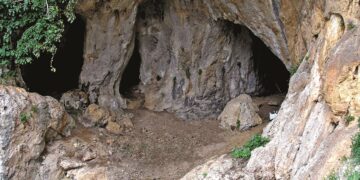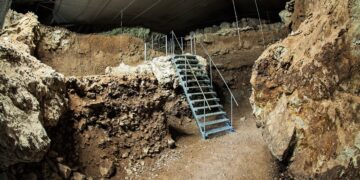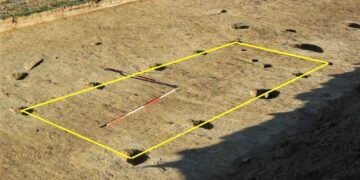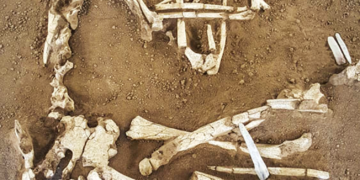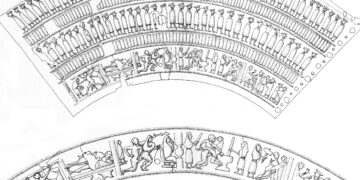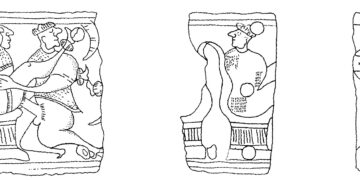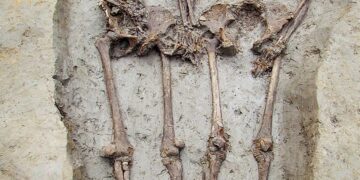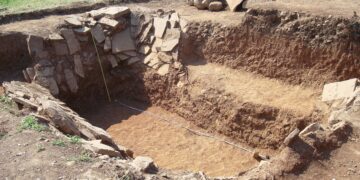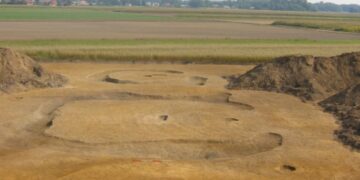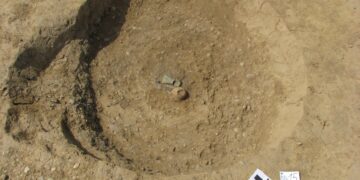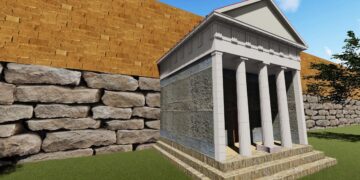Archaeologists have studied hillforts for the last 140 years. The variability amongst them in terms of their size, form, defensive structures and duration of occupation is immense. They...
Read moreAt the beginning of the 20th century, it was considered that the modern small town of Ormož in eastern Slovenia is located within the medieval city walls. However,...
Read moreNo other story in history triggered so much our adventurous imagination than the rumours of a lost city, and no other archaeological find could ever compete with the...
Read moreOn the hill called Kale, dominating today’s vista of the city of Skopje, archaeological excavations have discovered remains of 6000 years of continuous occupation. The archaeological site exceeds...
Read moreEach hillfort seems to be the expression of a local group and was an individual site rather than a part of a defensive system. In their interior were...
Read more
